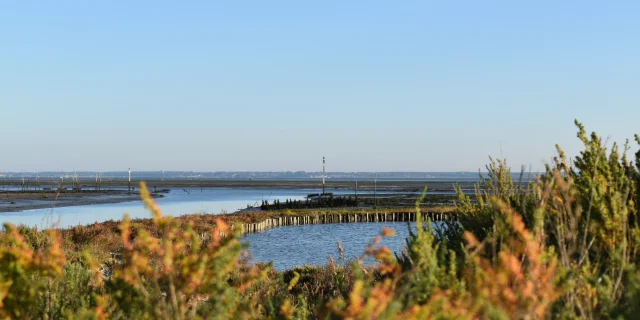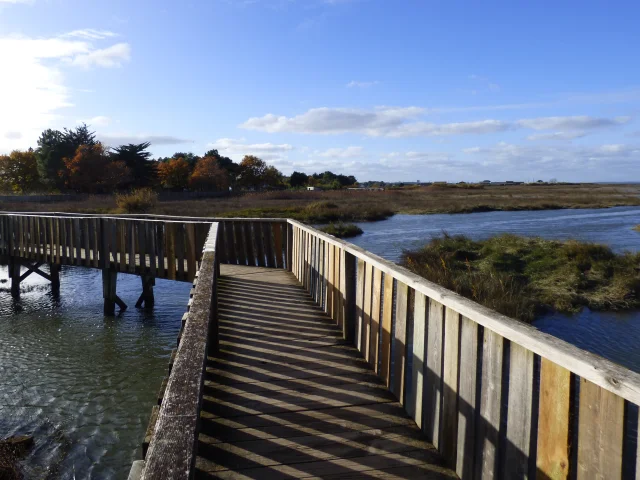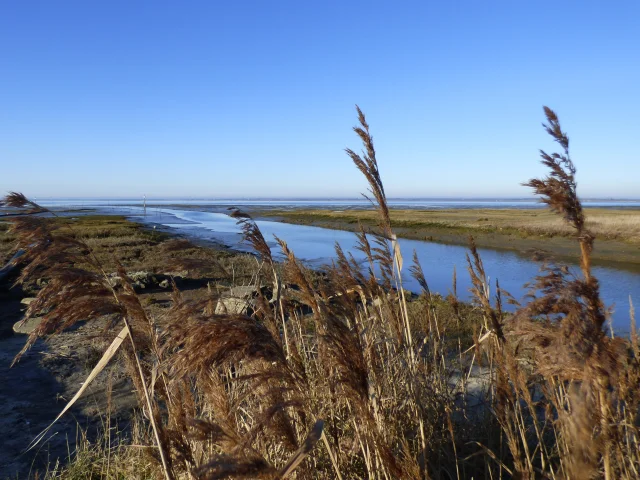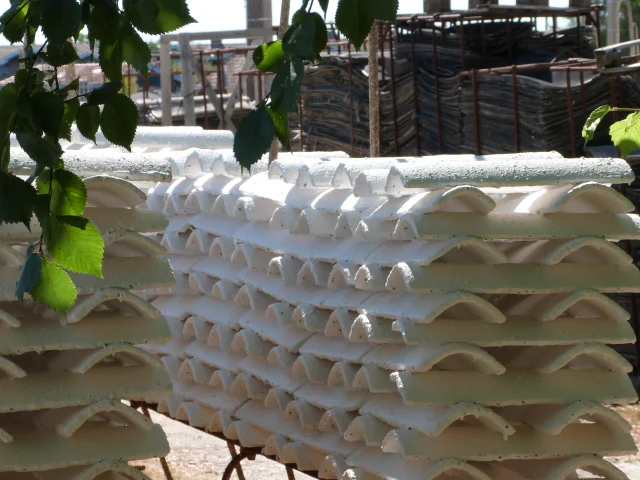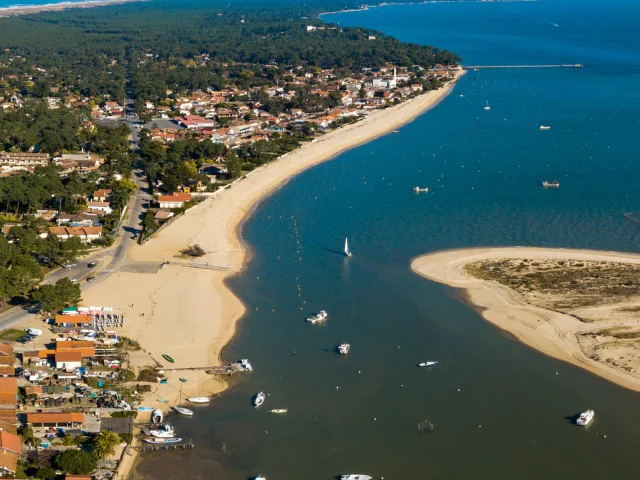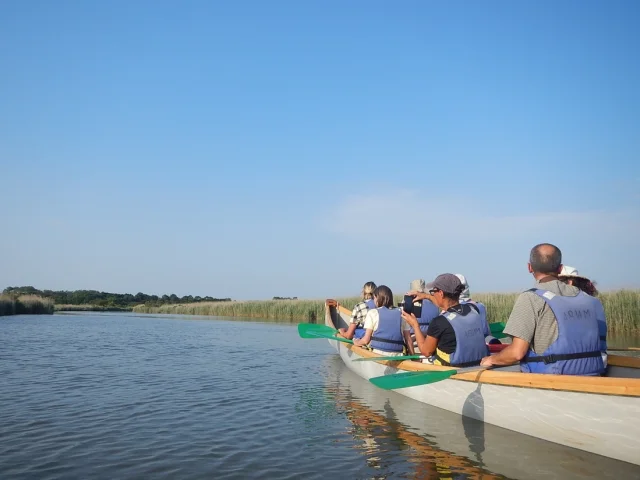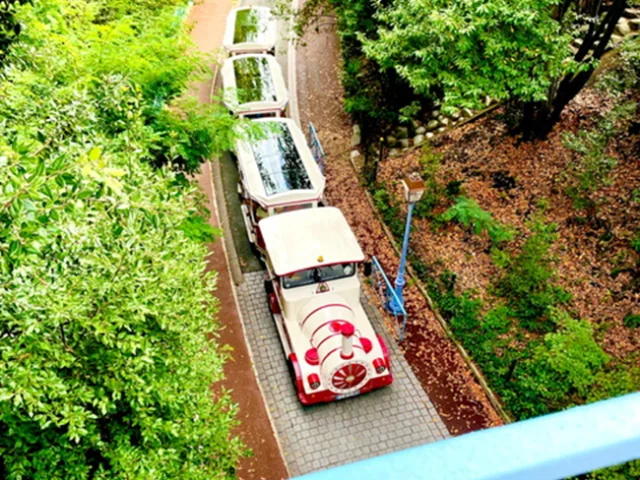Visit the salt meadows between the ports of La Hume and Larros
Between land and sea, come and enjoy an immersive experience with your family, friends or association, with a naturalist guide who will lead you on a journey of discovery througha rich ecosystem.
Along the coastal path, which runs alongside the Bay of Arcachon between the ports of La Hume and Larros in Gujan-Mestras, you’ll take time to admire the breathtaking natural scenery, while learning to identify the variousbotanical and faunalspecies that inhabit this unique area.
Along the way, your guide will explain the importance of the tide and how it influences thebalance of these natural environments. This tour is ideal for anyone interested in understanding the relationship between land, sea and local wildlife.
For nature lovers and outdoor enthusiasts alike, this is an experience not to be missed!
